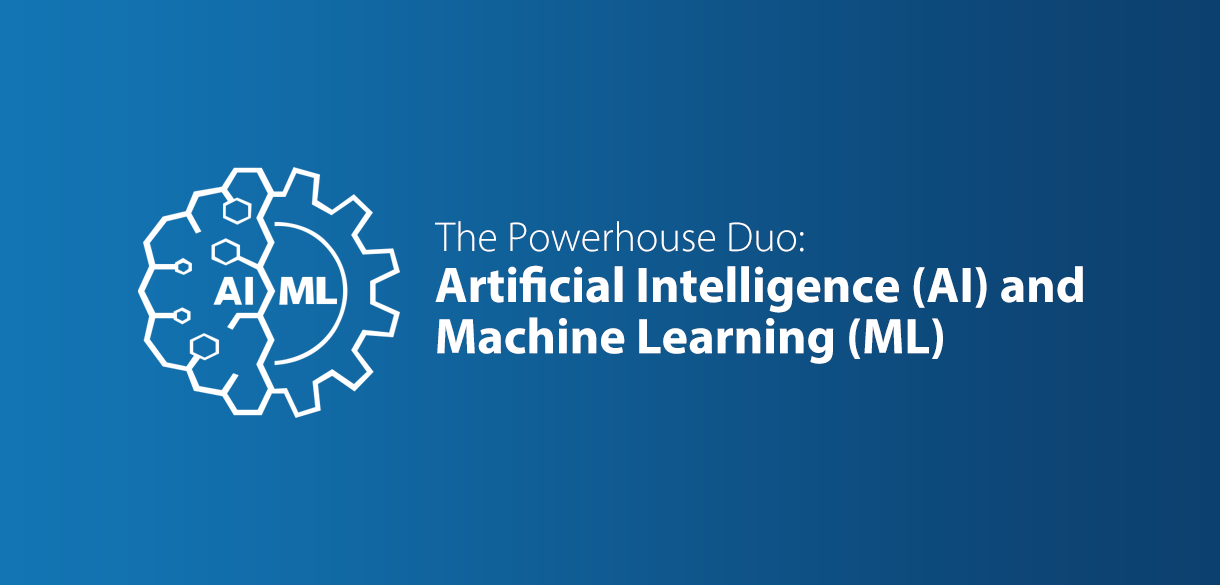Introduction:
In today's technology-driven world, Artificial Intelligence (AI) and Machine Learning (ML) have emerged as the power couple that continues to revolutionize industries and reshape our daily lives. With breakthroughs in natural language processing, computer vision, and deep learning, AI and ML are propelling us into a future where intelligent systems can perceive, learn, and make decisions like never before. In this blog, we will explore the dynamic landscape of AI and ML, their key advancements, and their impact on various sectors.
Natural Language Processing:
Natural Language Processing (NLP) is a branch of AI that focuses on enabling computers to understand, interpret, and generate human language. NLP has made significant strides in areas such as sentiment analysis, chatbots, and language translation. Voice assistants like Amazon's Alexa and Apple's Siri have become ubiquitous, transforming the way we interact with technology
Computer Vision:
Computer Vision is the field of AI that empowers machines to perceive and interpret visual information from images or videos. It has witnessed remarkable progress, enabling applications like facial recognition, object detection, and autonomous vehicles. Computer vision is driving advancements in industries such as healthcare, retail, and surveillance systems, enhancing safety, efficiency, and accuracy.
Deep Learning:
Deep Learning is a subset of ML that utilizes artificial neural networks to mimic the human brain's structure and function. Deep Learning algorithms can process vast amounts of data to recognize patterns, classify information, and make predictions. This breakthrough technology has fueled advancements in areas such as image and speech recognition, natural language understanding, and recommendation systems. Companies are leveraging deep learning to deliver personalized experiences, improve medical diagnoses, and enhance fraud detection.
AI and ML in Healthcare:
AI and ML are revolutionizing healthcare by augmenting diagnostics, treatment plans, and patient care. Medical imaging techniques powered by AI can detect anomalies with greater accuracy, aiding in early disease detection. ML algorithms can analyze electronic health records, genomics, and medical literature to personalize treatments and improve patient outcomes. Additionally, AI-driven chatbots and virtual assistants are streamlining administrative tasks and enhancing patient engagement.
AI and ML in Finance:
The finance industry is leveraging AI and ML to optimize operations, risk management, and customer experiences. ML algorithms can analyze vast amounts of financial data to detect fraud, predict market trends, and automate trading strategies. AI-powered chatbots and virtual assistants are improving customer service by providing personalized recommendations and resolving queries promptly. Furthermore, AI-driven robo-advisors are transforming investment management by offering tailored financial advice.
Ethical Considerations and Challenges:
As AI and ML continue to advance, ethical considerations and challenges arise. Issues such as bias in algorithms, data privacy, and job displacement require careful attention. It is crucial to ensure fairness, transparency, and accountability in AI systems, addressing biases and protecting sensitive user information.
Conclusion:
Artificial Intelligence (AI) and Machine Learning (ML) have become the driving force behind technological progress, offering unprecedented capabilities in understanding, analyzing, and decision-making. From natural language processing to computer vision and deep learning, the advancements in AI and ML have transformed industries like healthcare, finance, and more. However, as we embrace this technology, it is vital to address ethical concerns and challenges, fostering responsible AI development. With further advancements on the horizon, AI and ML will continue to shape our future, creating new opportunities and pushing the boundaries of what's possible.




